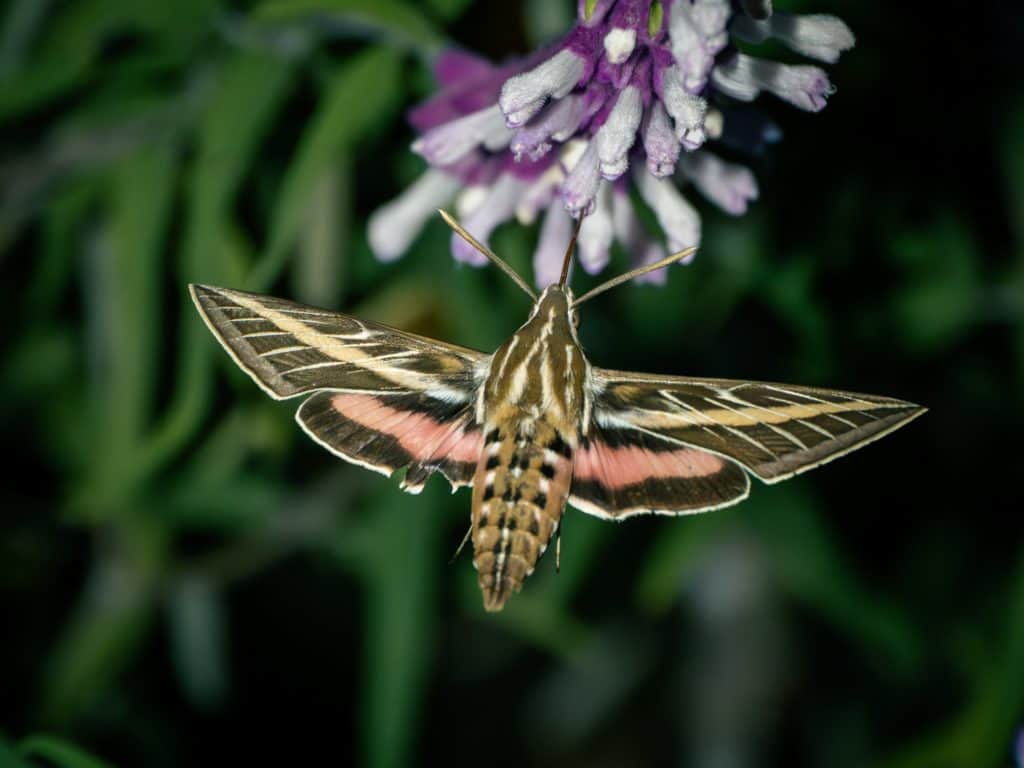Community Garden
I’m loving playing in my oh-so-manageable 400 sq. ft. plot at my Community Garden. I work alone in my little plot – it’s more than plenty for my needs. As a member of the community, I’m expected to do 6 hours of community work each season. My time to contribute is coming, and I’ll happily fulfill my obligation.

I don’t know much about the community – to date I’ve met 3 people.
The garden manager is a seasoned gardener; he shares information if it’s asked, but refrains from interfering or offering without invitation. A nice man, a gentle demeanor.
A young couple, gardening for the first time. They were given a shady plot that clearly hadn’t been worked in a while. I met them on a drizzly, cool day when I arrived to check on my veggies, pick slugs (none so far!) and turn my compost pile.
They sat on the cold, wet ground, turning the soil with small hand tools. The shed is full of tools, including pitchforks and shovels that might make the work easier, but perhaps the handwork suits their needs and interests. They’re young, eager and had just completed a gardening 101 course to help them get started. I hope the community encourages them, helps them succeed. There’s a lot to learn in a garden!
Beehives
I have a joyous relationship with a 2nd year beekeeper and her hives. I’m mentoring Debby, and it’s truly wonderful to work with her. She digs in to the work, loves the bees and shows no disappointment that I send her back to her bee club for North West beekeeping strategies, since conditions and climate are different here from Maine.

Beekeepers in Community
She and I are a microcosmic community. A friend who observed our work in the hive commented on the unique language we were using. We understood each other, but our friend had no idea what we were talking about. I noticed that we flowed around each other and the hives with relative ease, in spite of the tight quarters and natural obstacles – shrubs, rocks, a cold frame, bees on the ground, etc.
Debby and I happily engage with and tend to the hive community.
And it is there my friends, that I repeatedly discover the deepest, most interesting and affirming experiences of community that I have ever witnessed.
A Model Community
The beehive thrives on the principle of all for one. They work in unity, through their individuated role, function and task. Each individual bee is most definitely a vital and important member of the hive. Each bee is in clarity about role, function, responsibility and contribution.And the hive as a whole depends on each individual fulfilling her tasks.
There is communication, input from members, and even consensus-based decision making.
The community always works on behalf of the whole. No politics, no divisiveness, no judgment.
Every bee has a role that evolves with maturity. Newly hatched bees become nurse bees, caring for other hatching sisters. Over time, nurse bees are promoted to retrieving pollen at the hive entrance from the forager bees. Eventually they become foragers, flying up to 3 miles to retrieve pollen to feed the hive. The queen has attendants that feed her an unending supply of royal jelly. Undertaker bees gather up dead bees and fly them away from the hive.
Growing in Community
Human and bee communities fill my mind and my awareness as I settle into the garden and as mentor and hive tender. I feel grateful for the opportunity to observe and participate in them both.

You and Community
What are your experiences of community and how do they inform your awareness? What have you learned about community from your natural world? Please share your stories with me.
Keep your vital energy flowing!



